Buckwheat (Fagopyrum esculentum) is a plant cultivated for its grain-like seeds and as a cover crop. To distinguish it from a related species, Fagopyrum tataricum, it is also known as Japanese buck wheat and silver hull buckwheat.Despite the name, buckwheat is not related to wheat, as it is not a grass. Instead, buckwheat is related to sorrel, knot weed, and rhubarb. Because its seeds are eaten and rich in complex carbohydrates, it is referred to as a pseudocereal. The cultivation of buckwheat grain declined sharply in the 20th century with the adoption of nitrogen fertilizer that increased the productivity of other staples.
Buckwheat is Inner Mongolia region characteristic food, a short-season crop, does well on low-fertility or acidic soils, but the soil must be well drained. Too much fertilizer, especially nitrogen, reduces yields. In hot climates it can only be grown by sowing late in the season, so that it blooms in cooler weather. The presence of pollinators greatly increases the yield. The nectar from buckwheat flower makes a dark-colored honey. It is sometimes used as a green manure, as a plant for erosion control, or as wildlife cover and feed.
1.Buckwheat can promote cell proliferation,lower chelesterol and regulate blood lipid with much of Vitamin E and magnesuim.
2.Buckwheat protein is rich of dietary fiber,eating it often will promote appetite and digestion.
3.Buckwheat is one of the best sources of chromium,which is optimal material for lowing sugar,accelerating glucose metabolism and improving the symptoms of diabetes.
| Project | Per 100 grams |
| Energy | 324kJ |
| Protein | 9.30g |
| Fat | 2.30g |
| Carbohydrate | 73.0g |
| Dietary fiber | 6.50g |
| Vitamin A | 3.0mmg |
| Vitamin E | 4.40mg |
| Calcium | 297mg |
| Phosphorous | 297mg |
| Iron | 6.2mg |
| Zinc | 3.62mg |

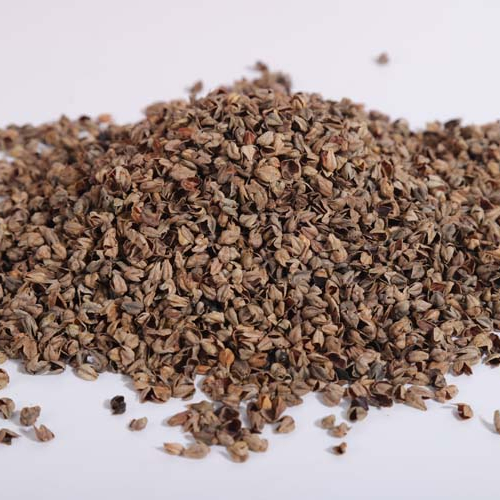
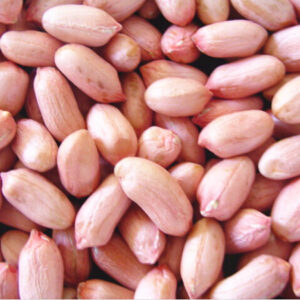
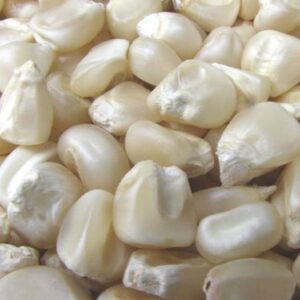
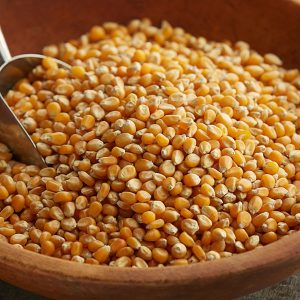
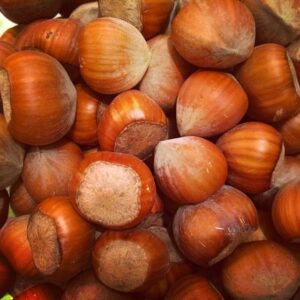

Reviews
There are no reviews yet.